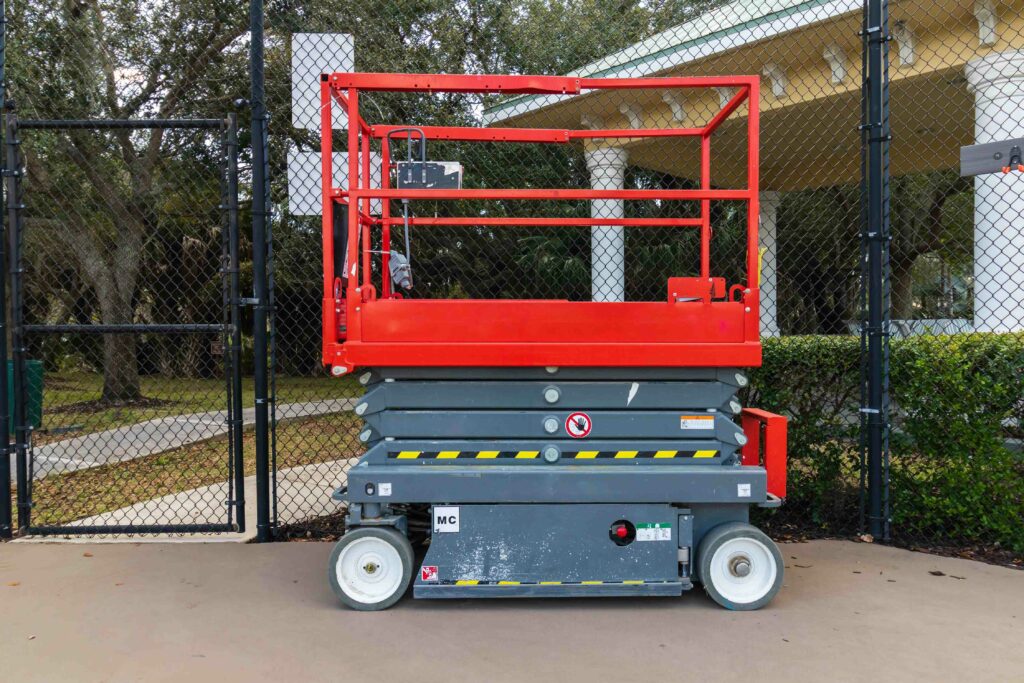Self-propelled mobile work platforms, also known as mobile elevating work platforms (MEWPs), have revolutionized the way construction and maintenance tasks are performed at height. These versatile machines offer a safe and efficient means to work in elevated positions, providing a stable platform for workers to carry out various tasks. The journey of these platforms from their inception to their current state is a testament to the advancements in engineering and safety in the construction industry.
History and Invention
The concept of elevating workers to perform tasks at height is not new and dates back centuries, with rudimentary platforms being used. However, the modern self-propelled mobile work platform has its roots in the mid-20th century. The exact inventor of the self-propelled mobile work platform is difficult to pinpoint due to the various forms and mechanisms developed over the years. However, one of the earliest and most significant developments in the field was by John L. Grove, co-founder of JLG Industries, in the late 1960s. Grove recognized the need for a safer and more efficient means for workers to perform tasks at height, leading to the development of the first self-propelled boom lift.
Popularity
The popularity of self-propelled mobile work platforms has grown due to their versatility, efficiency, and safety. These platforms can be easily moved and adjusted to various heights and positions, making them ideal for a wide range of applications, from construction and maintenance to warehousing and retail. Their self-propelled nature allows for quick repositioning, reducing downtime and increasing productivity.
Advantages
- Versatility and Flexibility: Can be used in various settings and for multiple tasks, including painting, maintenance, and installation works.
- Safety: Provides a stable platform for workers, reducing the risk of falls when compared to ladders or scaffolding.
- Efficiency: Increases productivity by allowing for quick adjustments in height and position, reducing the time to complete tasks.
- Accessibility: Enables access to hard-to-reach areas, improving the quality and scope of work that can be performed.
Disadvantages
- Cost: Initial purchase and ongoing maintenance costs can be high.
- Training and Operation: Requires specialized training to operate safely.
- Size and Weight: May not be suitable for use in all environments, particularly in tight spaces or on surfaces that cannot support their weight.
Risks and Safety Challenges
While self-propelled mobile work platforms significantly reduce the risk of falls from height, they introduce other safety challenges:
- Tipping and Stability: Incorrect use or overloading can lead to tipping.
- Collision: There is a risk of collision with structures, especially in congested areas.
- Entrapment: Operators can become trapped between the platform and overhead or surrounding objects.
- Electrical Hazards: Working near power lines poses a risk of electrocution.
To mitigate these risks, comprehensive training for operators is essential. This includes understanding the specific model of MEWP being used, recognizing the environmental and operational hazards, and knowing emergency procedures. Additionally, regular maintenance and inspection of the platforms are crucial to ensure they are in safe working condition.
Self-propelled mobile work platforms have become essential in the construction and maintenance industry due to their versatility, efficiency and the increased safety they provide when working at heights. However, with their benefits also come responsibilities: proper training, operation and maintenance are essential to mitigate the associated risks and ensure the safety of operators and those around them. As technology advances, we can expect these platforms to become even more secure and efficient and continue to play an important role in various industries. But one major drawback remains: they are heavy, unwieldy and difficult to operate.
Send us a message
We look forward to exchanging ideas with you and are interested in your perspective on things.

